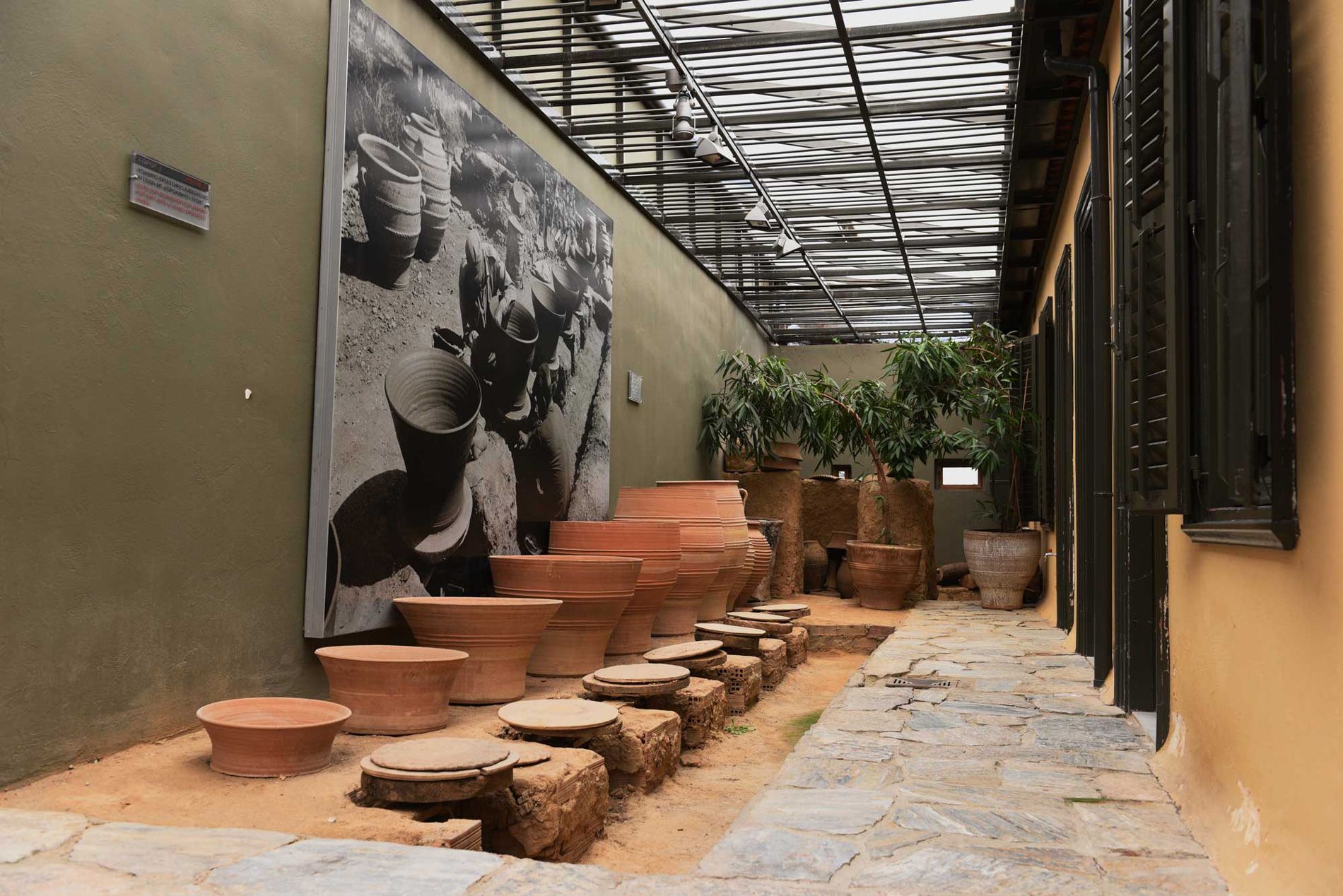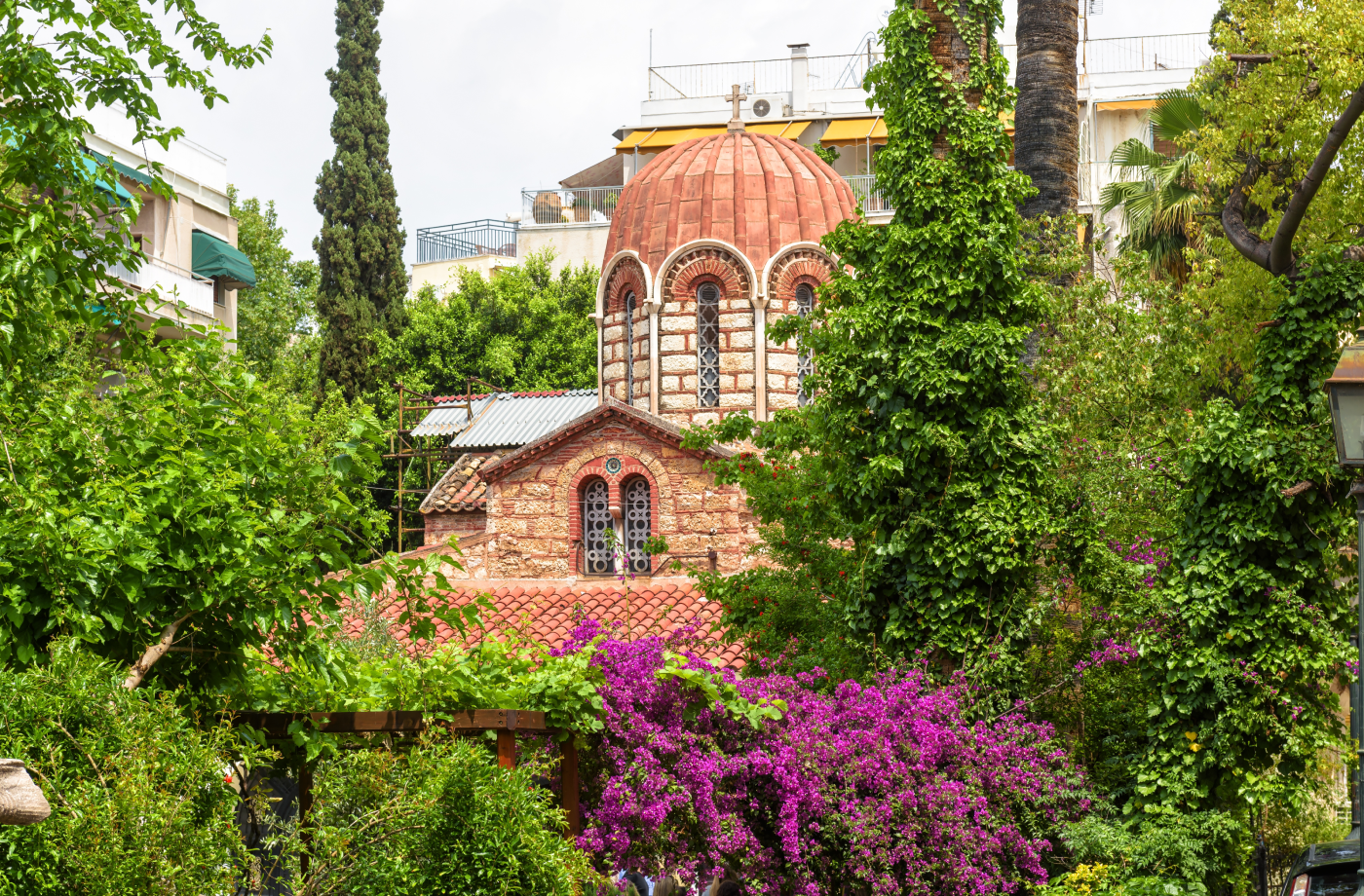Stoa of Attalos
Useful
Information
Adrianoy 24, Athina 105 55, Greece
Informations
Address:
Adrianoy 24, Athina 105 55, Greece
Stoa of Attalos
The Stoa took its name from Attalos II, King of Pergamon, who donated it to the City-State (Polis) of Athens. Its construction began in 159 BC and was completed in 138 BC. At that time, it was the longest independent roofed building. It had a total length of 120 meters, two floors and each of its halls was square with a side length of 4.80 meters. The building was made of tufa, while the door jambs, thresholds, columns and pillars of the walls were of white Pentelic marble. It was used as a commercial space. Its premises housed 21 shops and many workshops of various specialties. In 267 AD, the Stoa was destroyed by the raid of the Heruli and later, as it was deserted, it formed part of the Late Roman Wall.
The Stoa of Attalos regained its glory with the restoration carried out in the 1950s by the American School of Archaeology. Today it functions as the Museum of the Ancient Agora.








